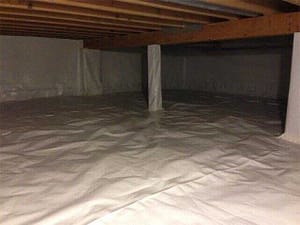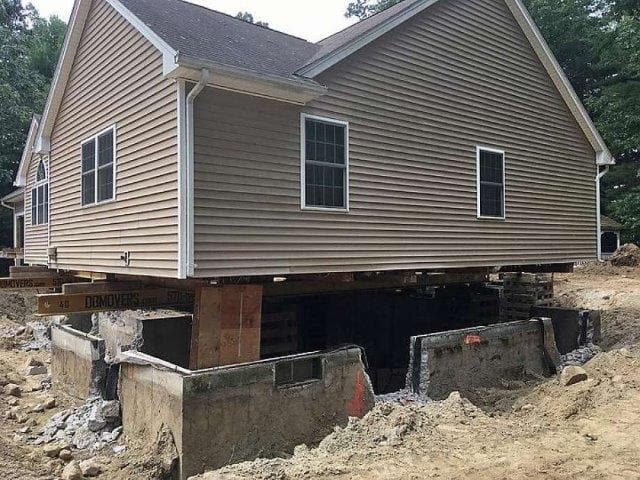Best Basement Waterproofing Things To Know Before You Get This
Table of ContentsExamine This Report on Best Basement WaterproofingSome Known Questions About Best Basement Waterproofing.More About Best Basement WaterproofingThe Best Strategy To Use For Best Basement WaterproofingBest Basement Waterproofing Fundamentals Explained
usages excavation strategies towards all-time low of the framework's foundation. involves removing moisture after it has entered the basement. AdvantaClean's experienced specialists and technicians will situate the water source. If wall or piece cracks exist, we will certainly inject polyurethane and epoxies right into the splits and seal the concession, avoiding additional wetness from entering.Mounting cellar air flow systems, conditioning systems, or cellar dehumidifier systems to obtain water out of your basement. Choosing AdvantaClean's basement waterproofing solutions is a reliable method to deal with dampness and prevent mold from endangering the framework of your home and the health of your family.
If there's condensation on the exterior of the foil, you have high humidity in your basement. If the aluminum foil has condensation on the within surface area (next to the wall), the soil around your residence might be normally damp from a high water table or bad soil drain.
You can waterproof simply your interior wall surfaces, which may solve the trouble. Or you can waterproof your exterior walls, which is a better wager but even more costly. Right here's the inside story on the different types: These thick coverings are cement-like. Once they dry out, they stick permanently to concrete and masonry walls.
Excitement About Best Basement Waterproofing
Concrete waterproof coverings can not be applied to formerly repainted surface areas; inspect the tag. Understood as densifiers, they are appropriate only for walls that haven't been repainted or secured.
But you brush, roll, or spray it on far more heavily one gallon covers simply 75 square feet, not the 300 square feet normal with basic paint. Water resistant paint is great for do it yourself application. You can apply it over painted surfaces, and paint over it once it's healed (one gallon costs $37).
It can set you back $10,000 to $15,000, depending on the work needed. Outside waterproofing involves digging deep into all over your house fully deepness of the foundation walls, then installing a water resistant coating or membrane covered by drain panels. The panels give a simple course for water to move to an exterior French drainpipe at the end of your foundation.
Some Known Questions About Best Basement Waterproofing.
A cellar without waterproofing is kind of like that. Your basement does not desire to go through a rainstorm without correct protection just as much as you don't desire to.

Outside waterproofing is a waterproofing method that includes securing your home from the outside. It's type of like a moat around a castle. It involves digging a trench around your whole residence down to the foundation (concerning 8 to 10 feet down). The foundation wall surfaces are after that cleaned up, sealed, and covered with a water-proof membrane or sealer.

Best Basement Waterproofing - Questions
It's a much more involved process that calls for excavating up your backyard, which is costly and time-consuming. Outside waterproofing includes getting rid of everything surrounding your home, including decks, driveways, sidewalks, landscaping, air conditioner units, decks, and more. If any of the work was done inaccurately and water is still entering your cellar, there isn't much you can do to correct or repair it.
Interior cellar waterproofing entails waterproofing straight from the source from the within. Any type of water that leakages into your basement is rerouted prior to it touches your floor. It's sort of like putting on a raincoat under your clothes. It involves 2 things: a water drainage track and a sump pump. It functions by securing the within your basement walls and floors so water that attempts to enter is transported out with a sump pump.
It's an effective technique to water-proof your basement. The disadvantage of indoor basement waterproofing primarily has to do with the installment process. This technique calls for saved products, furniture, and built-in shelving or cupboards to be relocated from touching the cellar walls. And throughout installation, your basement can't be used. The biggest difference between the two approaches is this: Exterior waterproofing is a preventative option and interior waterproofing is a corrective solution.
Some Ideas on Best Basement Waterproofing You Need To Know
Finally, outside and indoor cellar waterproofing are both efficient methods of protecting your home from water damages. Outside waterproofing creates a barrier that protects against water from entering your home, while interior waterproofing reroutes water that does enter your home. over here And it's essential to note that outside waterproofing is a costly and disruptive installation process when contrasted to interior waterproofing.
Whichever approach you select, make sure you pick a reputable and credible specialist for the task. If you have any questions regarding cellar waterproofing, please get to out to us.
You can complete our type here. Best Basement Waterproofing, start a conversation in the lower right-hand edge, or call us at 1-800-827-0702